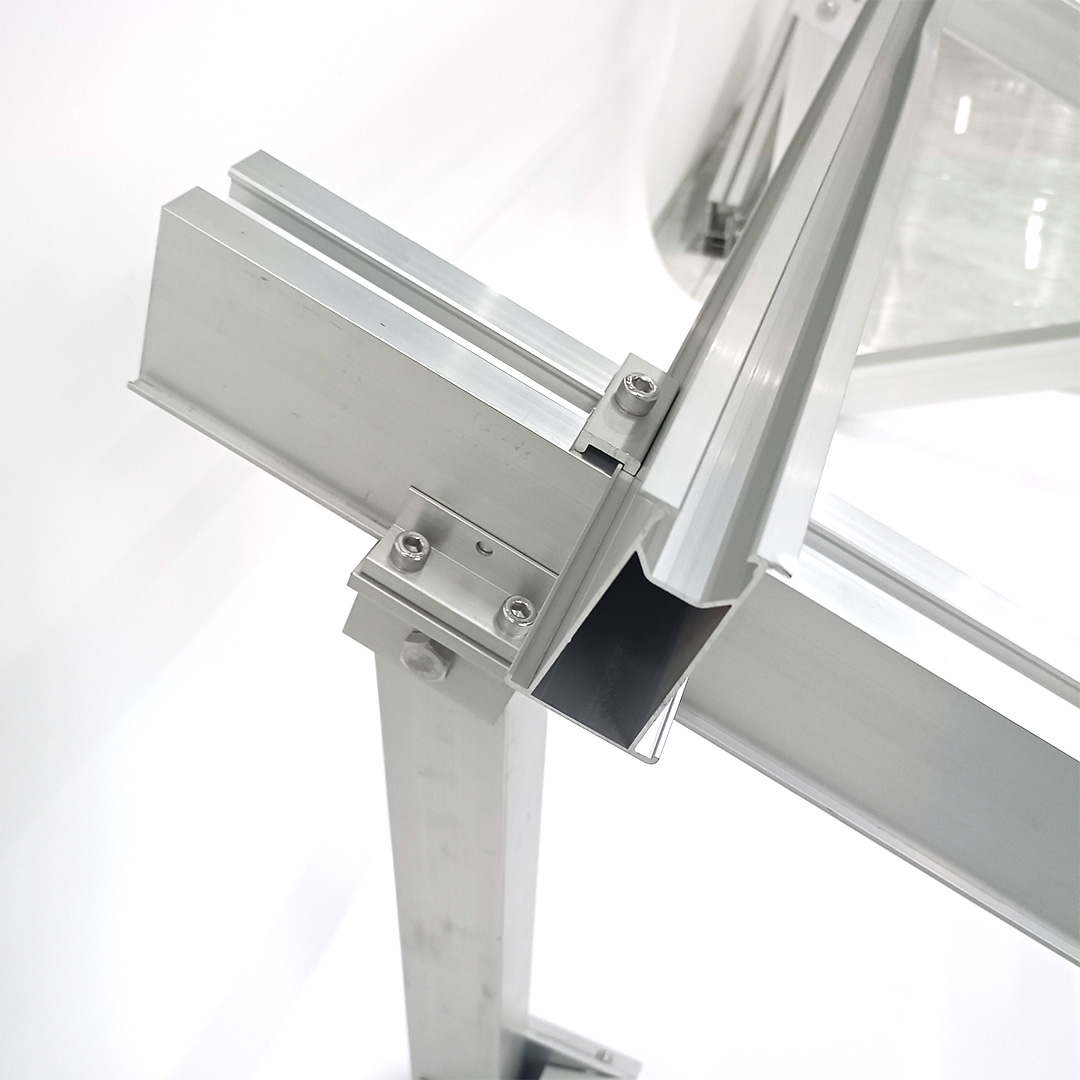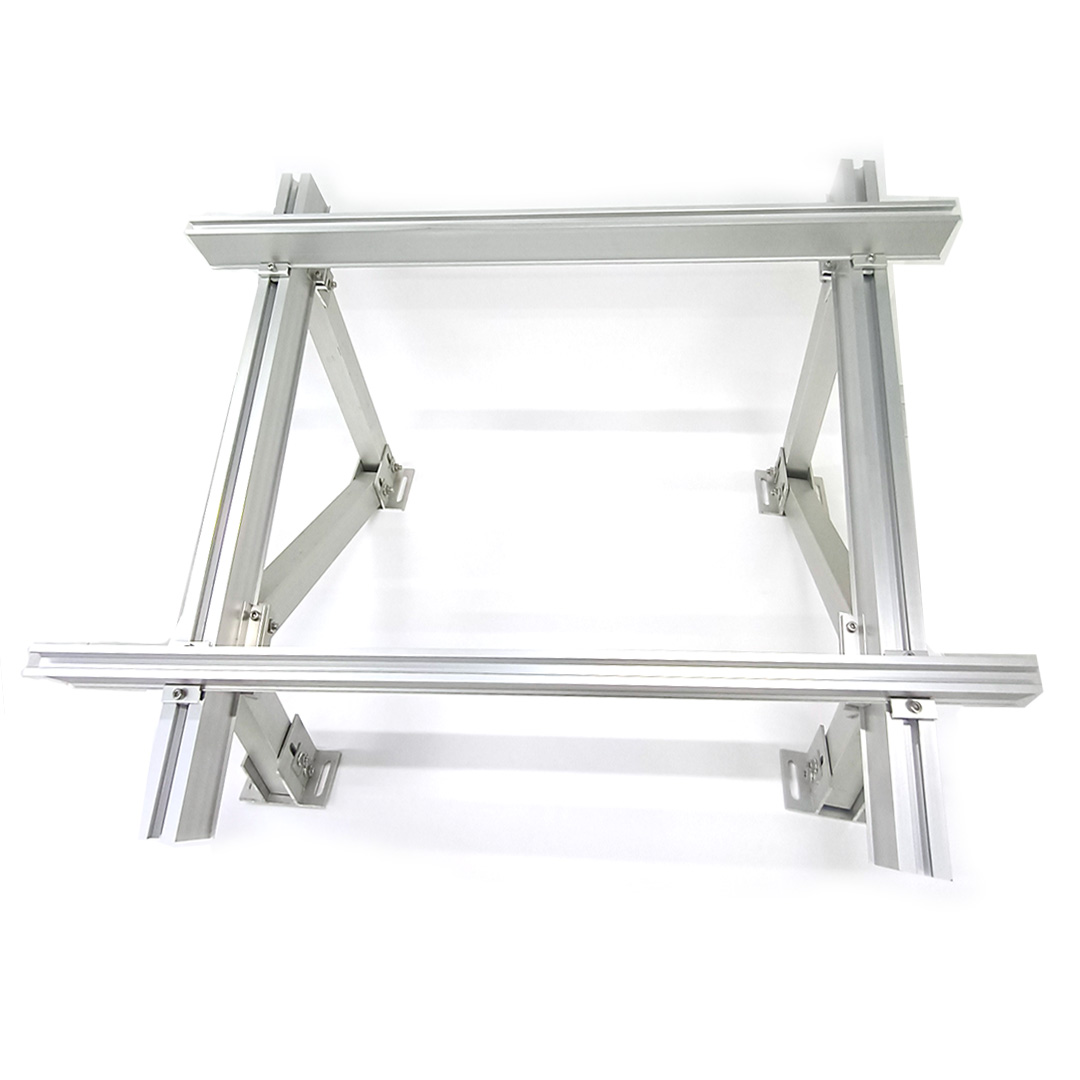


Views: 0 Author: Site Editor Publish Time: 2025-07-16 Origin: Site








Have you ever wondered how much electricity your refrigerator consumes, or how many watts it uses to keep your food cold 24/7? This seemingly simple question is more complex than it first appears, especially when trying to calculate energy usage accurately. In today's world, where electricity prices are rising, understanding how much power your refrigerator consumes is not only crucial for reducing your electricity bill but also for making smarter decisions about energy-saving solutions.
In this article, we’ll dive deep into how many watts a refrigerator uses, how it affects your power consumption, and most importantly, how solar panels can help offset these costs. We'll explore the different factors influencing your refrigerator's energy use, methods to calculate its consumption, and how switching to a solar panel system can significantly lower your utility bills.

At its core, watts measure the rate at which electricity is consumed by an appliance. Your refrigerator runs on electricity, and its power usage is usually expressed in watts. Depending on the model and age of the refrigerator, it can consume anywhere from 300 to 800 watts.
However, it's important to distinguish between the refrigerator's electrical rating (stated wattage) and its actual energy consumption. Refrigerators cycle on and off to maintain a cool temperature, so the running wattage will typically be lower than the rated wattage. To get a more accurate estimate of its energy use, you can divide the fridge's rated wattage by three. For instance, a refrigerator rated at 500 watts may only consume around 167 watts on average.
Several factors affect how much energy your refrigerator uses:
Age and Efficiency: Older refrigerators consume more energy than newer, more energy-efficient models.
Size and Capacity: Larger fridges require more energy to cool a bigger space.
Usage Patterns: Opening the door frequently and for long periods leads to higher energy consumption.
Placement: If your refrigerator is placed in a warm or sunny spot, it will need more power to maintain its temperature.
Features: Refrigerators with built-in water dispensers or ice makers may use more energy.
One of the easiest ways to determine your refrigerator's energy consumption is by checking the label inside the fridge. This label typically provides information on the voltage and amperage, which can be used to calculate wattage.
The formula to calculate wattage is simple: Wattage = Voltage × Amps For example, if your refrigerator runs on 120 volts and 5 amps, the wattage would be: 120V × 5A = 600 watts. This is the refrigerator’s electrical rating. To estimate its running wattage, divide this by three: 600 watts ÷ 3 = 200 watts.
Another way to determine energy consumption is through the Energy Guide label, which provides an estimate of annual energy usage in kilowatt-hours (kWh). To convert this into daily or hourly usage, simply divide by the number of days in a year (365) or hours in a day (24).
To better understand how much electricity your refrigerator uses, let’s break it down into different time periods:
| Rated Wattage | Running Wattage | 1 Hour | 1 Day | 1 Week | 1 Month | 1 Year |
|---|---|---|---|---|---|---|
| 500W | 167W | 0.167 kWh | 4 kWh | 28 kWh | 122 kWh | 1,463 kWh |
This breakdown shows that even though a refrigerator may be rated at 500 watts, its actual energy use is often much lower due to the cycling nature of its operation.
A solar panel system is a great way to offset the energy costs of running a refrigerator. Most solar panels are rated at around 350 watts, meaning you would need between one and three panels to power a typical refrigerator, depending on the wattage and local conditions. To determine the exact number of solar panels needed for your refrigerator, consider the refrigerator’s average daily energy consumption and match it to the output of available solar panels.
Solar panel kits provide a convenient way to generate electricity for your home, including running large appliances like refrigerators. By installing a solar panel system, you can reduce or even eliminate your electricity bill. Solar panel kits come with everything you need to set up a system, including the panels, inverter, and battery storage options.
Switching to solar energy has a direct and significant impact on your monthly power bill. Depending on your local energy rates and the size of your solar system, you can save thousands of dollars in the long term. Solar systems are particularly effective in sunny regions, where they can generate enough power to cover household energy needs, including powering large appliances like refrigerators.
By using a solar panel kit, you can generate your own electricity and reduce your reliance on the grid. Not only will this help lower your energy costs, but it can also contribute to a more sustainable and eco-friendly lifestyle.
Using solar panels to power your refrigerator (and other appliances) also reduces your carbon footprint. Unlike traditional energy sources that rely on fossil fuels, solar energy is renewable and produces no harmful emissions. As more homes adopt solar technology, the collective environmental impact becomes even greater, making it a smart choice for both your wallet and the planet.

Dirty condenser coils can cause your refrigerator to work harder and use more energy. Regularly clean the coils to ensure the fridge runs efficiently.
Set your refrigerator’s temperature to 37°F (3°C) and your freezer to 0°F (-18°C). Keeping the temperature higher or lower than necessary increases power consumption.
The more often you open the refrigerator door, the more energy it will consume to return to the desired temperature. Open the door only when necessary.
Avoid overcrowding your refrigerator. Proper airflow inside the fridge helps it work more efficiently.
If your refrigerator is old, consider replacing it with an energy-efficient model, especially one that has an ENERGY STAR rating.
Refrigerators are essential household appliances, but they can consume a significant amount of energy. Understanding how many watts a refrigerator uses and taking steps to reduce its energy consumption is key to saving money on your electricity bill. By switching to a solar panel system, you can offset these costs and make your home more energy-efficient.
Haina Solar offers reliable solar solutions that can power your refrigerator and other household appliances. With a range of high-quality solar panel kits and solar systems, you can enjoy a steady supply of renewable energy while reducing your carbon footprint. Investing in solar energy is not only good for your wallet but also for the planet.
A: To calculate your refrigerator's power consumption, multiply the voltage by the amperage listed on the manufacturer's label. Then, divide the result by three to estimate the actual running wattage.
A: Typically, you'll need between one and three solar panels to power your refrigerator, depending on its wattage and usage patterns.
A: Regularly clean your condenser coils, set the fridge to the recommended temperature, avoid overstocking, and keep the door closed as much as possible.
A: A solar panel kit includes all the components needed to install a solar system, including panels, inverter, and wiring. It is a complete solution for generating solar energy for your home.
A: Solar panels reduce your carbon footprint by providing renewable energy that doesn't produce harmful emissions, contributing to a more sustainable lifestyle.